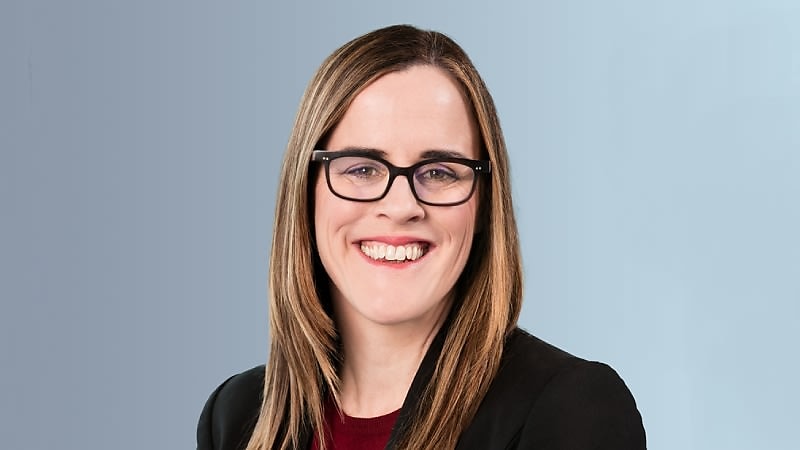Winding up doesn’t necessarily mean an empty balance sheet
An SMSF doesn’t need to have an empty balance sheet during the winding-up process, says a technical specialist.
Annie Dawson, senior SMSF technical specialist for Heffron, said in a recent webinar that SMSFs are a trust and, like any other, won't cease to exist until there's no longer something held on trust.
“Technically, an SMSF won't cease to exist until we have no assets, no liabilities, no member benefits, so essentially, no longer anything held on trust for a superannuation fund,” she said.
“In theory, what we're looking for is a balance sheet that has no assets, no liabilities, no member benefits and in that particular situation, the fund would be considered to be wound up. Often though the balance sheet still has a little bit of cash, still has some expenses that haven't yet been paid, some creditors, and a member benefit that is still yet to be paid, whether it’s going to be rolled across to another fund, or whether the member is going to be eligible to cash that out.”
Dawson said even if the balance sheet does have assets the SMSF can be considered wound up.
“Essentially, what we're looking for is the SMSF to be materially wound up. The ATO is very mindful of the fact that there will be a balance in the SMSF bank account on lodgement of the final SMSF annual return, the wind-up return, and that money in that bank account is going to be sufficient to pay some final costs, some tax, those sorts of things,” she said.
“The ATO is not expecting a zero balance bank account, but what we do need to be careful of is making sure that the fund doesn't have any investments. If this fund still owns shares, if it's still got investments in a managed fund, then, of course, it can't be considered to be wound up.”
Dawson said when winding up an SMSF you should aim to still have a relatively small amount of cash, receivables, and payables, which will be cleared shortly after the final SMSF annual return is lodged.
“I would still consider a fund to be wound up if there is a small amount of cash and assets in the fund presuming those amounts are cleared very shortly after the final SMSF and your return is lodged,” she said.
“It’s best to have a chat with your auditor and check what they're comfortable with. If your auditor is not comfortable with anything other than a zero balance sheet then it's going to be a little bit harder for you to wind up the fund in the sense that you're going to have to estimate what the tax position is for this fund, make a bit of a call as to what the refund is going to be or what the tax payable is going to be,” Dawson said.
“You'll have to estimate those and then rely upon those estimates to be able to pay your tax early. Be careful, though, because once we have wound up a self-managed superannuation fund, it can't be reactivated.”
If an SMSF has been wound up and the former member/trustee wants to have an SMSF in the future, they may encounter some problems.
“There's no law that says that someone who's wound up their self-managed superannuation fund can't have another one again in the future, but when the trustee of the new fund goes to apply for registration with the ATO, it is likely the ATO is going to ask some questions,” Dawson said.
“The questions that may be asked could include why they want another SMSF and it may take a little bit of extra time to go through the registration process. Also remember that if you've got a fund that's never had any assets, never had money in the bank account, never had a rollover and no one has ever made contributions to that fund, it can't be wound up as the fact is that it never existed in the first place. In this case, all you need to do is cancel the fund’s registration.”








